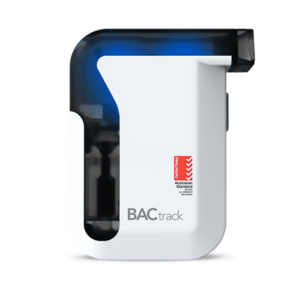
A major cause for traffic accidents in Australia is driving under the influence of alcohol or more commonly called DUI. DUI is a severe violation in Australia and anyone caught driving a vehicle above the prescribed alcohol limit will be subject to punishments such as suspension of license, disqualification, fines, or even jail sentences. Drink driving laws assist in reducing the negative consequences of alcohol related car accidents.
Both DUI or Driving While Intoxicated (DWI) are terms used to describe drinking and driving. As mentioned above, it is necessary to understand that drinking while driving is prohibited and can result in severe consequences. The implementation of drink driving laws in Australia is strictly applied.
For license holders in Australia, the allowable amount of Blood Alcohol Concentration (BAC) is 0.05 in a breathalyzer test. However, certain drivers such as beginner drivers, driving instructors and commercial vehicle drivers, are obliged to have zero BAC. Furthermore, under drink driving laws, it is illegal to avoid taking a breathalyzer test for alcohol or drugs if the law enforcement officers request it.
Drink Driving Laws – DUI/DWI Penalties in NSW, Australia
There are drink driving laws in each state and territory in Australia. For example, in New South Wales, there are 5 stages;
- the low level (0.00 to 0.019 BAC)
- the general level (0.02 to 0.049 BAC)
- the intermediate level (above legal) (0.05 to 0.079 BAC)
- high (above legal) (0.08 to 0.149 BAC)
- high range (above legal) (0.15 and above BAC)
There will be an instant suspension of a driver’s license for every driver who is not below the appropriate BAC level for their license class.
How does Alcohol affect Drivers?
Alcohol is a powerful depressant that affects both the mental and physical ability to function, impairing actions used by the brain and nervous system. Alcohol abuse can impact judgment, recollection and response time, resulting in memory decline. That is why the drink driving laws in Australia must be adhered to and implemented.
When is it Safe to Drive?
There is no such thing as a standard safe level of alcohol consumption when it comes to driving. A person’s driving skills can be impaired even after having a small amount of alcohol. The greater the blood alcohol concentration, the more likely an accident can occur. Always follow drink driving laws in your state or territory and when the consequences are weighed, the option is clear: stay safe and don’t drive if you are over the limit or even if you are below the limit and feel you are impaired. There is always another way.
Related Articles:
Statistics relating to drink driving injuries
How Roadside Breath Tests are Conducted






























